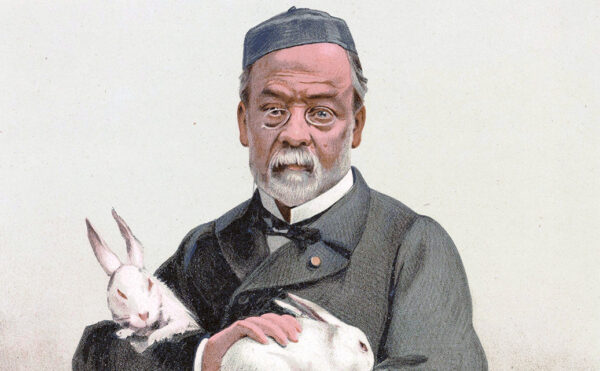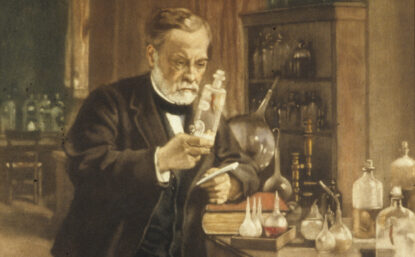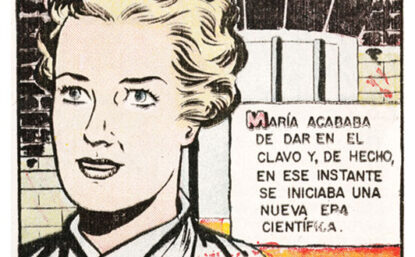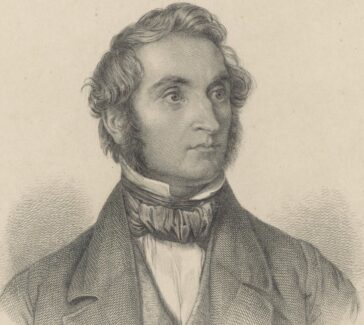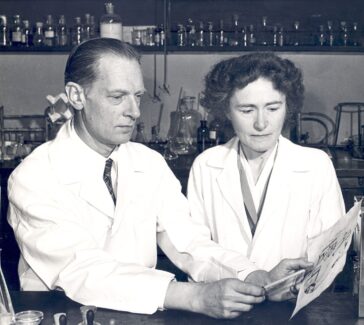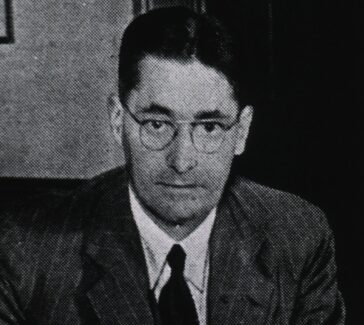Louis Pasteur
During the mid- to late 19th century, Pasteur demonstrated that microorganisms cause disease and discovered how to make vaccines from weakened, or attenuated, microbes. He developed the earliest vaccines against fowl cholera, anthrax, and rabies.
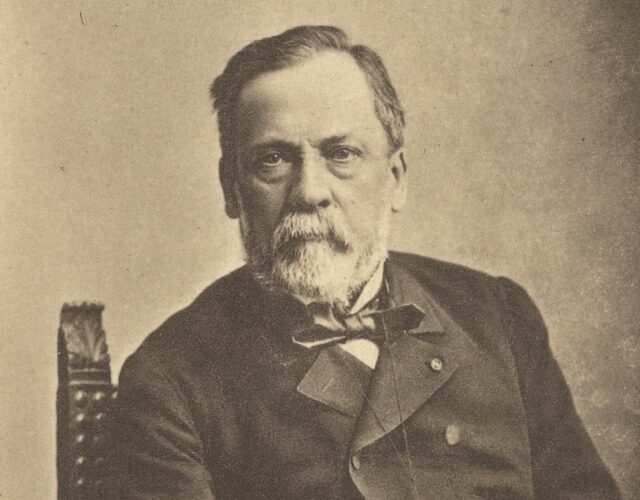
Louis Pasteur (1822–1895) is revered by his successors in the life sciences as well as by the general public. In fact, his name provided the basis for a household word—pasteurized.
His research, which showed that microorganisms cause both fermentation and disease, supported the germ theory of disease at a time when its validity was still being questioned. In his ongoing quest for disease treatments he created the first vaccines for fowl cholera; anthrax, a major livestock disease that in recent times has been used against humans in germ warfare; and the dreaded rabies.
Early Life and Education
Pasteur was born in Dole, France, the middle child of five in a family that had for generations been leather tanners. Young Pasteur’s gifts seemed to be more artistic than academic until near the end of his years in secondary school. Spurred by his mentors’ encouragement, he undertook rigorous studies to compensate for his academic shortcomings in order to prepare for the École Normale Supérieure, the famous teachers’ college in Paris. He earned his master’s degree there in 1845 and his doctorate in 1847.
Study of Optical Activity
While waiting for an appropriate appointment, Pasteur continued to work as a laboratory assistant at the École Normale. There he made further progress on the research he had begun for his doctoral dissertation—investigating the ability of certain crystals or solutions to rotate plane-polarized light clockwise or counterclockwise, that is, to exhibit “optical activity.” He was able to show that in many cases this activity related to the shape of the crystals of a compound.
He also reasoned that there was some special internal arrangement to the molecules of such a compound that twisted the light—an “asymmetric” arrangement. This hypothesis holds an important place in the early history of structural chemistry—the field of chemistry that studies the three-dimensional characteristics of molecules.
Fermentation and Pasteurization
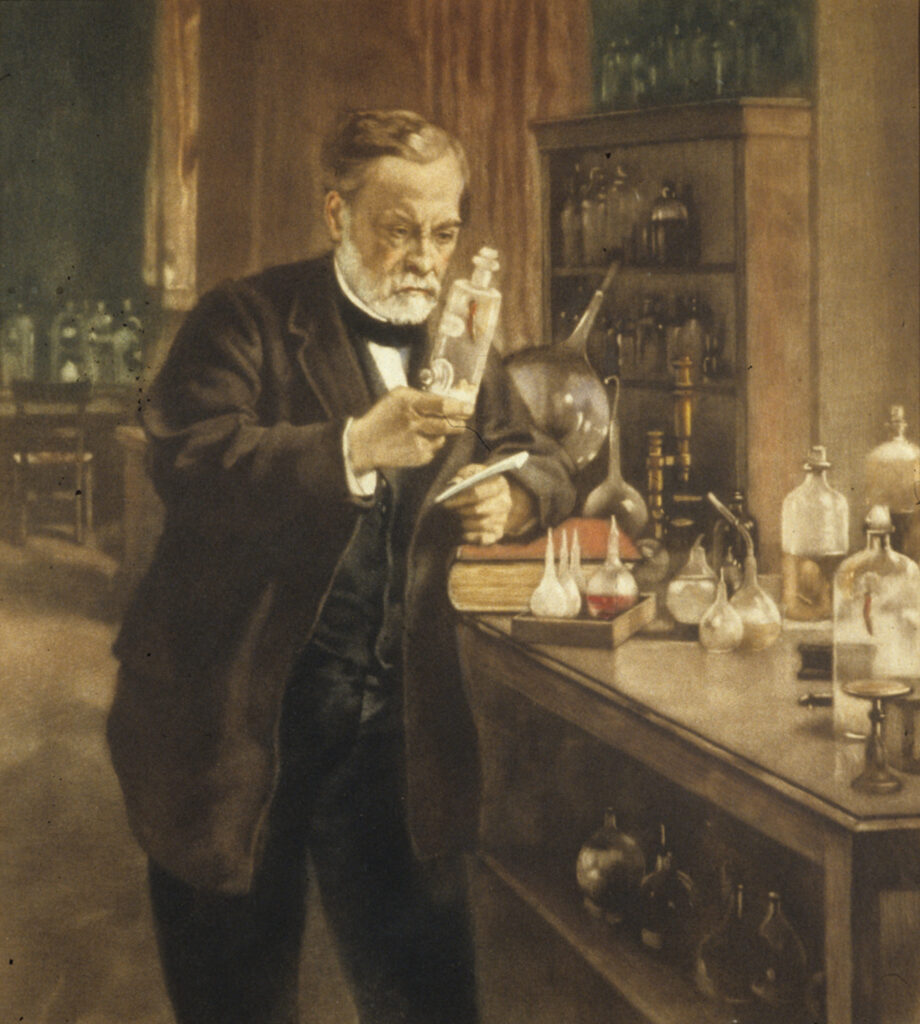
Pasteur secured his academic credentials with scientific papers on this and related research and was then appointed in 1848 to the faculty of sciences in Strasbourg and in 1854 to the faculty in Lille. There he launched his studies on fermentation. Pasteur sided with the minority view among his contemporaries that each type of fermentation is carried out by a living microorganism.
At the time the majority believed that fermentation was spontaneously generated by a series of chemical reactions in which enzymes—themselves not yet securely identified with life—played a critical role.
In 1857 Pasteur returned to the École Normale as director of scientific studies. In the modest laboratory that he was permitted to establish there, he continued his study of fermentation and fought long, hard battles against the theory of spontaneous generation. Figuring prominently in early rounds of these debates were various applications of his pasteurization process, which he originally invented and patented (in 1865) to fight the “diseases” of wine.
He realized that these were caused by unwanted microorganisms that could be destroyed by heating wine to a temperature between 60° and 100°C. The process was later extended to all sorts of other spoilable substances, such as milk.
Germ Theory
At the same time Pasteur began his fermentation studies, he adopted a related view on the cause of diseases. He and a minority of other scientists believed that diseases arose from the activities of microorganisms—germ theory. Opponents believed that diseases, particularly major killer diseases, arose in the first instance from a weakness or imbalance in the internal state and quality of the afflicted individual.
In an early foray into the causes of particular diseases, in the 1860s, Pasteur was able to determine the cause of the devastating blight that had befallen the silkworms that were the basis for France’s then-important silk industry. Surprisingly, he found that the guilty parties were two microorganisms rather than one.
A New Laboratory
Pasteur did not, however, fully engage in studies of disease until the late 1870s, after several cataclysmic changes had rocked his life and that of the French nation. In 1868, in the middle of his silkworm studies, he suffered a stroke that partially paralyzed his left side. Soon thereafter, in 1870, France suffered a humiliating defeat at the hands of the Prussians, and Emperor Louis-Napoléon was overthrown. Nevertheless, Pasteur successfully concluded with the new government negotiations he had begun with the emperor.
The government agreed to build a new laboratory for him, to relieve him of administrative and teaching duties, and to grant him a pension and a special recompense in order to free his energies for studies of diseases.
Attenuating Microbes for Vaccines: Fowl Cholera and Anthrax
In his research campaign against disease Pasteur first worked on expanding what was known about anthrax, but his attention was quickly drawn to fowl cholera. This investigation led to his discovery of how to make vaccines by attenuating, or weakening, the microbe involved. Pasteur usually “refreshed” the laboratory cultures he was studying—in this case, fowl cholera—every few days; that is, he returned them to virulence by reintroducing them into laboratory chickens with the resulting onslaught of disease and the birds’ death.
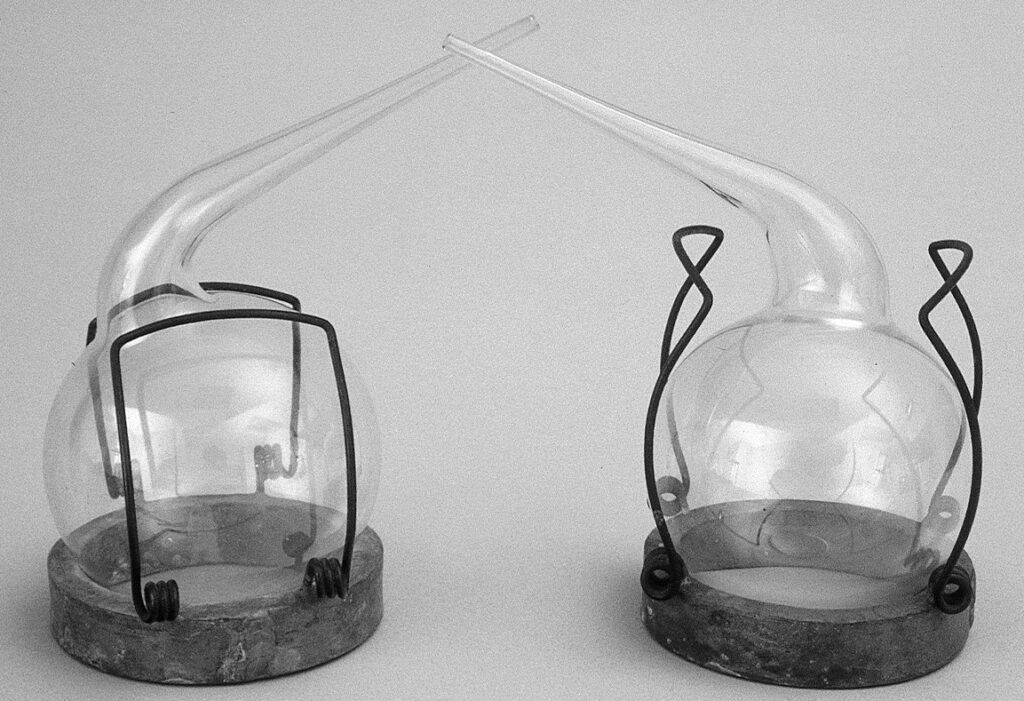
Months into the experiments, Pasteur let cultures of fowl cholera stand idle while he went on vacation. When he returned and the same procedure was attempted, the chickens did not become diseased as before. Pasteur could easily have deduced that the culture was dead and could not be revived, but instead he was inspired to inoculate the experimental chickens with a virulent culture. Amazingly, the chickens survived and did not become diseased; they were protected by a microbe attenuated over time.
Realizing he had discovered a technique that could be extended to other diseases, Pasteur returned to his study of anthrax. Pasteur produced vaccines from weakened anthrax bacilli that could indeed protect sheep and other animals. In public demonstrations at Pouilly-le-Fort before crowds of observers, twenty-four sheep, one goat, and six cows were subjected to a two-part course of inoculations with the new vaccine, on May 5, 1881, and again on May 17. Meanwhile a control group of twenty-four sheep, one goat, and four cows remained unvaccinated.
On May 31 all the animals were inoculated with virulent anthrax bacilli, and two days later, on June 2, the crowd reassembled. Pasteur and his collaborators arrived to great applause. The effects of the vaccine were undeniable: the vaccinated animals were all alive. Of the control animals all the sheep were dead except three wobbly individuals who died by the end of the day, and the four unprotected cows were swollen and feverish. The single goat had expired too.
Rabies and the Beginnings of the Institut Pasteur
Pasteur then wanted to move into the more difficult area of human disease, in which ethical concerns weighed more heavily. He looked for a disease that afflicts both animals and humans so that most of his experiments could be done on animals, although here too he had strong reservations. Rabies, the disease he chose, had long terrified the populace, even though it was in fact quite rare in humans. Up to the time of Pasteur’s vaccine, a common treatment for a bite by a rabid animal had been cauterization with a red-hot iron in hopes of destroying the unknown cause of the disease, which almost always developed anyway after a typically long incubation period.
Rabies presented new obstacles to the development of a successful vaccine, primarily because the microorganism causing the disease could not be specifically identified; nor could it be cultured in vitro (in the laboratory and not in an animal). As with other infectious diseases, rabies could be injected into other species and attenuated. Attenuation of rabies was first achieved in monkeys and later in rabbits.
Meeting with success in protecting dogs, even those already bitten by a rabid animal, on July 6, 1885, Pasteur agreed with some reluctance to treat his first human patient, Joseph Meister, a nine-year-old who was otherwise doomed to a near-certain death. Success in this case and thousands of others convinced a grateful public throughout the world to make contributions to the Institut Pasteur.
Historian Bert Hansen discusses his book, Picturing Medical Progress from Pasteur to Polio.
It was officially opened in 1888 and continues as one of the premier institutions of biomedical research in the world. Its tradition of discovering and producing vaccines is carried on today by the pharmaceutical company Sanofi Pasteur.
A Great Experimenter and Innovative Theorist
Pasteur’s career shows him to have been a great experimenter, far less concerned with the theory of disease and immune response than with dealing directly with diseases by creating new vaccines. Still it is possible to discern his notions on the more abstract topics. Early on he linked the immune response to the biological, especially nutritional, requirements of the microorganisms involved; that is, the microbe or the attenuated microbe in the vaccine depleted its food source during its first invasion, making the next onslaught difficult for the microbe.
Later he speculated that microbes could produce chemical substances toxic to themselves that circulated throughout the body, thus pointing to the use of toxins and antitoxins in vaccines. He lent support to another view by welcoming to the Institut Pasteur Élie Metchnikoff and his theory that “phagocytes” in the blood—white corpuscles—clear the body of foreign matter and are the prime agents of immunity.

